In Praise of Dads Who Dip: A Review of Salsa Daddy by Rick Martínez
He's a gastronome godfather and practical papa, too
Salsa is an absolute staple in my house. We go through at least a quart per week. My husband transforms any and all leftovers into nachos or quesadillas, which of course require a saucy sidepiece. One of my kids, who would not otherwise touch a tomato or cilantro, is perfectly okay with them blitzed together and used for dunking. Sometimes, it even gets scooped up like soup by my weird and wonderful wee ones. In this context, salsa becomes a full-on vegetable. A blended salad. A chunky chilled soup. A savory smoothie. A bulwark against a cracker-only diet.
For this reason, I was thrilled to receive an entire book on salsa courtesy of Clarkson Potter: Salsa Daddy by Rick Martínez. And while I know of Rick Martínez, I have yet to cook from Mi Cocina, his award-winning first book, nor have I interacted extensively with his work in any other forum. For those who don’t know, Rick is a Mexican-American food authority, who worked in U.S. food media for a while before relocating to Mexico where he lives and works now.
Admittedly, I’m probably not super familiar with him due to my avoidance of the Bon Appetit magazine extended universe, where Rick was an editor, and where I first became aware of his work. I subscribed to the magazine for years, but by the time the Bon Appetit Test Kitchen videos were hugely popular around 2018, I was living in the mountains of North Carolina on a teeny tiny budget. The whole voice and vibe of Bon Appetit just didn’t speak to me anymore, and I honestly felt like most of the people who worked there would probably be mean to me at a party, so I turned to other outlets.
Listen, I am not saying any of this is rational! I am just being self reflective. Also I cooked a bunch from Priya Krishna and Claire Saffitz (never watched the videos, though), so it’s barely even coherent. I guess what I’m establishing is that I had none of the BA hero worship I know is out there. And I went into this book thinking it might make me feel like Bon Appetit magazine used to make me feel—kind of poor and unsophisticated.
I thought: What could Rick Martinez, who wrote this imposingly stylish book and cavorts around Mexico cooking beautiful food, tell me, a rooted and rural home cook who primarily shops at Walmart, about cooking?
A lot. It turns out its a lot. Because for all the glossy glamor of the book and the intimidating background of its author, Salsa Daddy, like any good daddy, is actually eminently pragmatic and gently instructive. Rick, I learned quickly, is not just an impressively creative condiment innovator, he’s also a kind and effective teacher.
The Book
This book is, primarily, a salsa book, as the title subtly hints. The first seven chapters are devoted to recipes for salsa. That being said, Rick’s definition of salsa is loose. He is not simply giving his take on classics, though those are in here, too. He is instead opening up and playing with the category of salsa in all kinds of fun ways. Even if you have a million cookbooks on Mexican cooking, you will find something new in here. For example, under the broad umbrella of “salsa” there is an Alfredo Rojo, a spicy take on chicken Alfredo pasta, a salted tequila caramel, a peanut salsa, and a Mexican-Style Giardiniera. There are ways to use peaches, kiwi, fresh berries, and cucumber in salsa as well as a chapter on fermenting.
The book itself is mostly sauce, with 70 different saucy recipes and 24 full recipes for putting them to use. Along with the formal recipes, he also lists recommended uses for every salsa alongside its recipe, like putting it over roast chicken or with breakfast tacos.
But there is so much more in here, too. While I love reading cookbooks, rarely do I read them cover to cover. I generally skip over the introductory sections on how to cook, what to have in your pantry, etc. Usually, they’re pretty formulaic. I don’t begrudge it, I just don’t really need it anymore.
Not so in this book. Impressive for any form of writing, let alone a cookbook, Salsa Daddy seems void of clichés. Rick is excellent at taking his well-earned knowledge and imparting it to the reader while making it feel like a conversation. He teaches about ingredients, methods, and tools in a way that felt both authentic and novel.
Additionally, he packs in a ton of additional valuable information, like a table of contents for various salsa pairings or moods, as well as a page on how he makes use of leftover salsa. Rick champions and explains freezing leftovers and prepping ahead, which is a book’s surest path to my heart, making it even more pragmatic.
Overwhelmingly, Rick encourages play. “There are no salsa police” he implores. Keeping that in mind, we began putting salsa on more things than ever before.
The Recipes
I received this book way back around Easter, so I consulted Rick’s salsa pairing chart, where he recommended Marmelada de Habanero Celestial (Heavenly Habanero Jam) for A Holiday Spread. This recipe involved soaking a peck of diced up habaneros in liquor to temper their heat, then cooking them down with a sweet and tangy mix of vinegar and piloncillo (Mexican cane sugar). This condiment was truly fantastic. We used it first with ham and then with everything and anything.
Next, I cooked down a whole bag of onions and a load of Serranos to make Salsa de Cebolla y Serrano Caramelizado (Caramelized Onion and Serrano Salsa). Essentially caramelized onions with caramelized chiles, this salsa was spicy and sweet, and it also went on everything: pizza, grilled cheese, fideo soup, quesadillas, nachos. Then, we ran out and I made it again with the various green chiles beginning to go downhill in the crisper. Again, fantastic. I stashed some away in the freezer, but that was mostly wishful thinking. It came out to be thawed almost immediately.
I made Salsa “BBQ” de Albaricoque (Apricot-Chipotle Barbecue Sauce) as a repository for the dried apricots no one wanted to eat in my pantry. Then, we roasted a chicken with it and basted grilled chicken breasts in it. It was smoky, sweet, practical, and well-received.
Salsa Verde Tatemada (Charred Green Salsa), Rick’s take on the classic, was a big hit in our house, though it was more popular with my husband and kid than it was with me. On the other hand, I found the red La Mañanera (The Morning Salsa), made with chiles de árbol, truly addictive, while no one else seemed to enjoy it. Fine. More for me!
The Guacamole con Tomatillos is a good recipe to have on hand, because Rick notes you can use avocados that are a bit hard. You can also keep in the fridge for up to two days or freeze it. It was a solid spin on guacamole that came together easily.
Finding myself with a bunch of dried chiles hanging about in dire need of use, I made La Pasilla (The Chile Pasilla), a flexible and pantry friendly recipe that required no tomato or tomatillo. I subbed in New Mexico chiles for pasillas, and it was extraordinarily delicious. It made one cup, and it never saw a sunset.
Unfortunately, not all was rosy in salsa land. I made the Pipián Verde (Green Nut and Seed Sauce), Rick’s take on an ancient Mexican seed-based salsa. My troubles began when I could not find enough pepitas (pumpkin seeds) for the recipe, so I subbed in some sunflower seeds (no salsa police!). A mix of nuts, seeds, chiles, tomatillos, onions, and herbs, this purée came out thick and tasted strongly of the three bay leaves called for.
Rick noted it could be used in enchiladas, but when I tried using it in his enchilada recipe, the corn tortillas stuck, tore, and then almost disintegrated in the thick sauce. No one enjoyed them very much and they were frustrating to make.
I stuffed the Pipián Verde in the freezer and regrouped. When I pulled it out again, I decided to use it for Rick’s chilaquiles recipe. I attempted his Oil-Free Totopos, and burnt my tortillas to a crisp. I resolved to check them much earlier than the 35-45 minutes suggested in the recipe. But even at 25 minutes, they were burned beyond saving, so I popped the chip bag. Unfortunately, like the tortillas, they were no match for the pipián, turning into a bay-heavy tortilla mush. I conceded defeat to the pipián.
Final Thoughts
This book is great for anyone interested in Mexican cooking, especially if you are looking for a creative and expansive exploration of the cuisine. Rick is a wonderful writer, the book is beautifully designed, and it is easy to put to use on a day-to-day basis. If you are desperate for new, innovative, thoughtful recipes, this is a great book, too.
If you do not have easy access to Mexican staples like fresh and dried chiles or tomatillos, however, this book might be a bit trickier and more expensive to use. Where I live, I can buy piles of chiles at a very reasonable price, but if that is not something available to you, it might be a bit more of a challenge to cook from this one.
To get the most out of this book, I think it is best to either have a solid cooking foundation already, or a personality that tends towards kitchen experimentation. Indeed, if you count yourself among the latter, I think this would be a fantastic book. Furthermore, a little something on the side can ease the boredom of the creative cul-de-sac of feeding little kids, so if you are in that stage of life, this is nice to have.
If, on the other hand, you hear “put this salsa over a grilled chicken” and think “wait, how do I grill chicken?!” you might want to start elsewhere.
Has this book replaced my workaday, weekly red salsa made from blending some stuff with canned tomatoes? No. I still use the basic Badass Blender Salsa from Trejo’s Cantina (free from Clarkson Potter two years ago) for that. But when I want to go a step further in both effort and taste, I’m excited to dig into this one a bit more. It’s a unique and wonderful book.




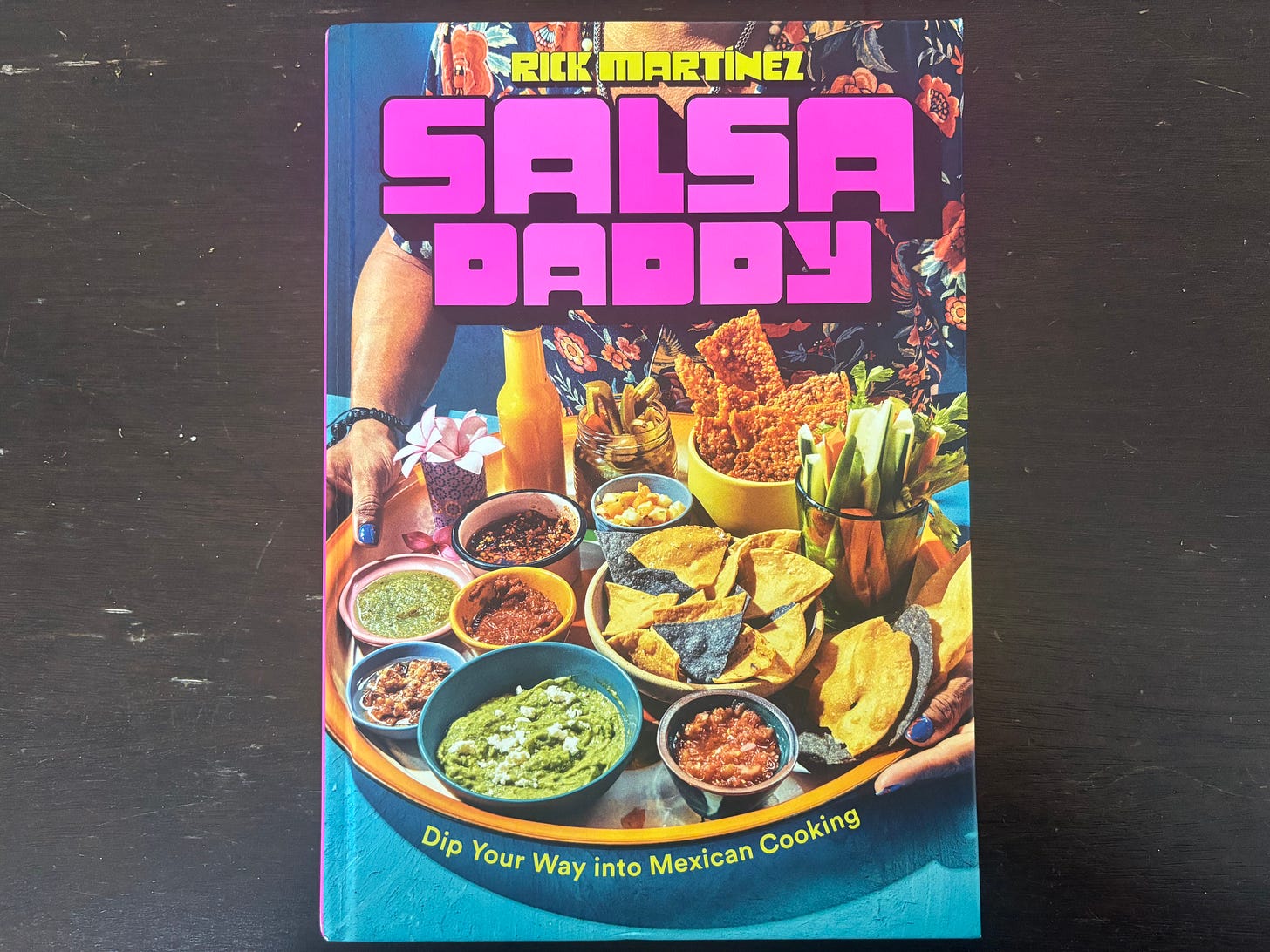
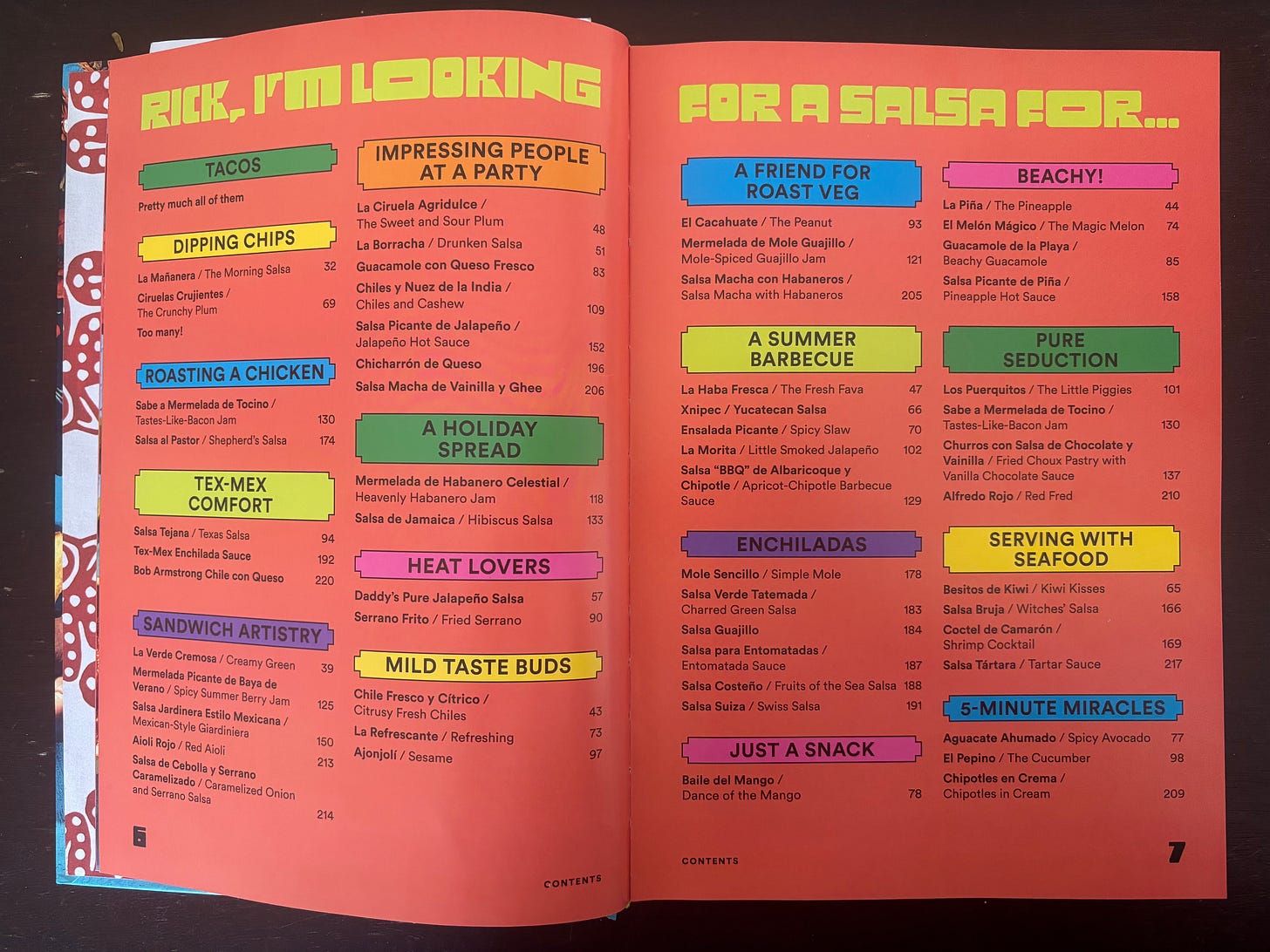
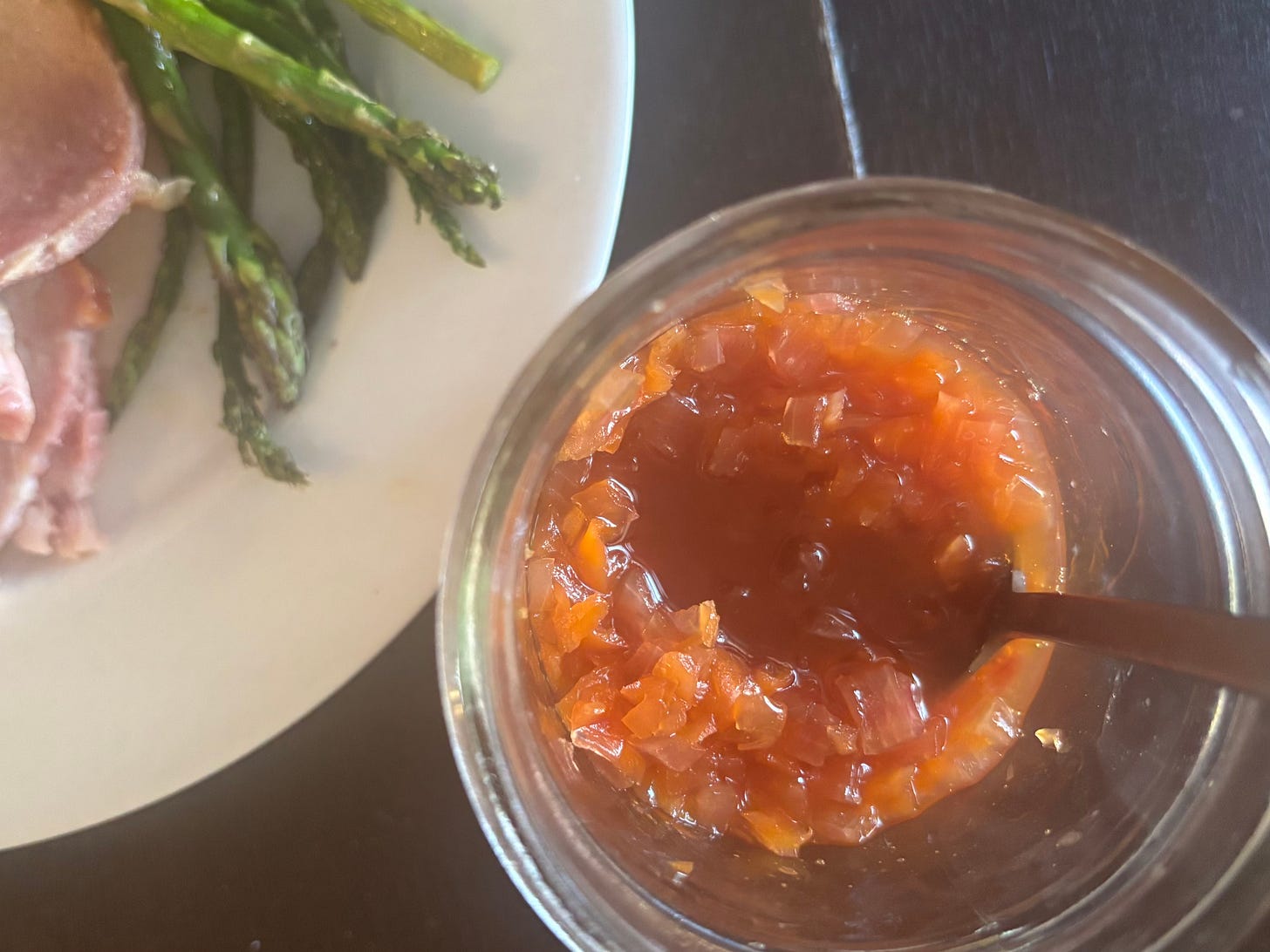
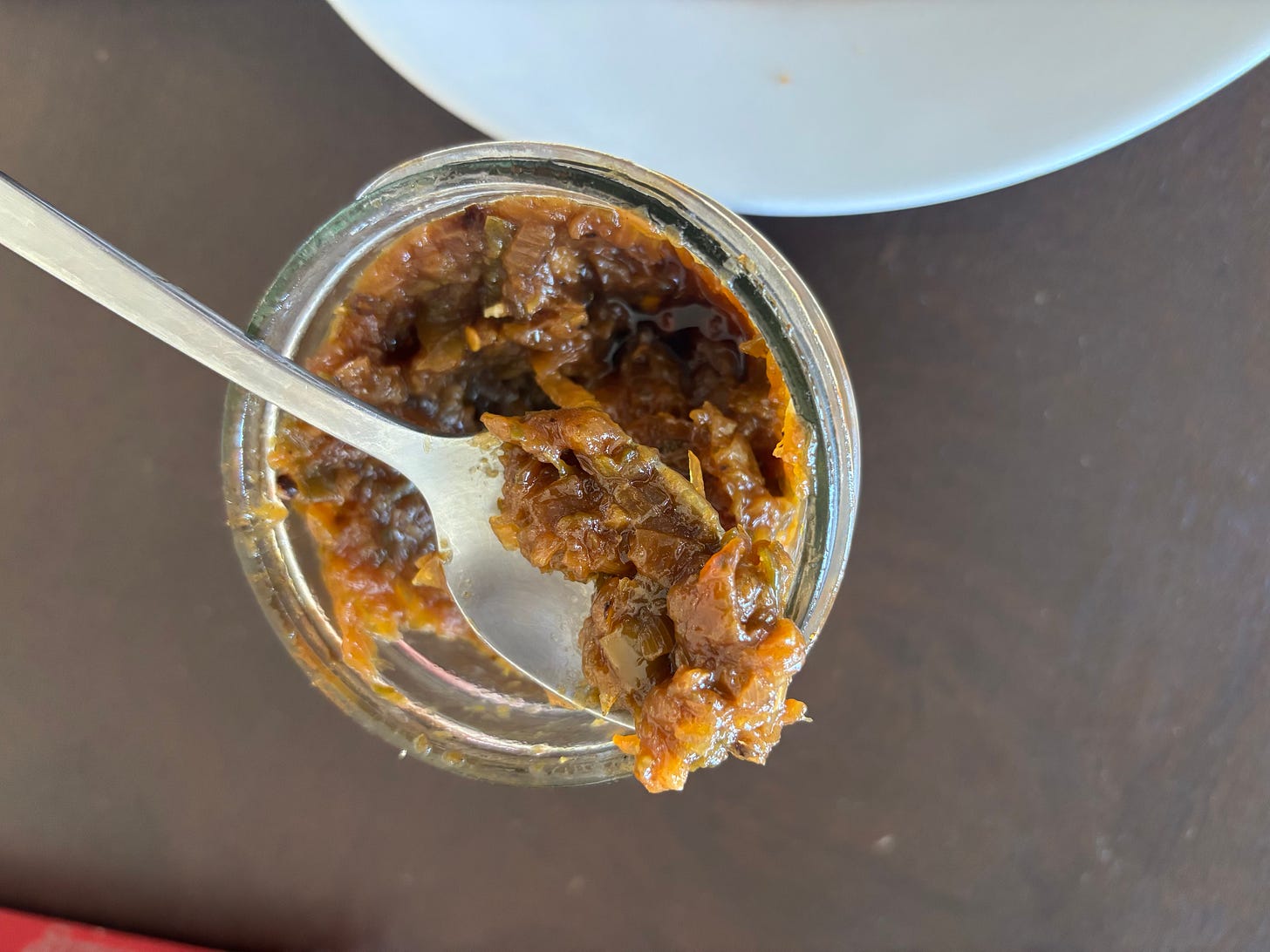
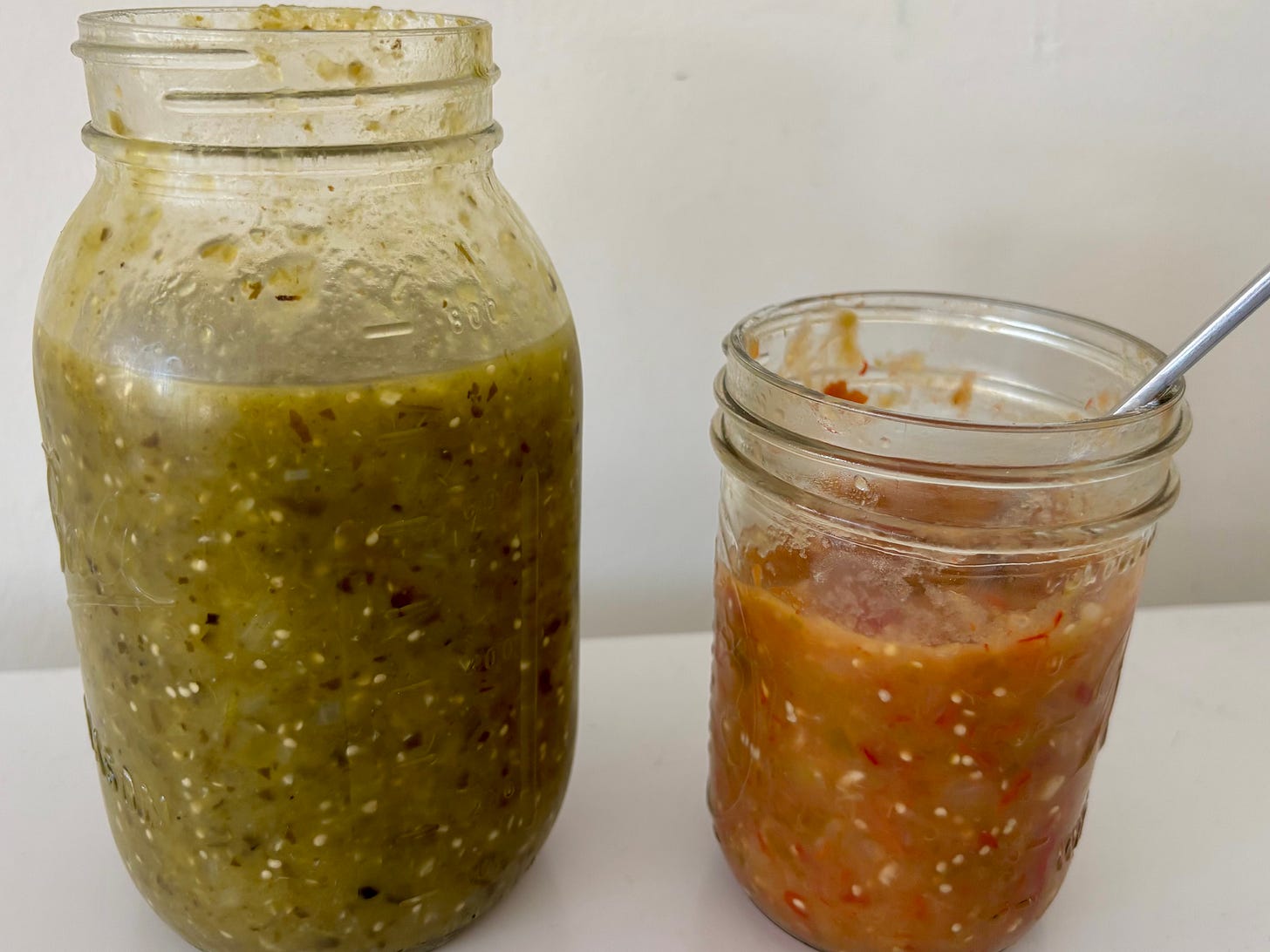
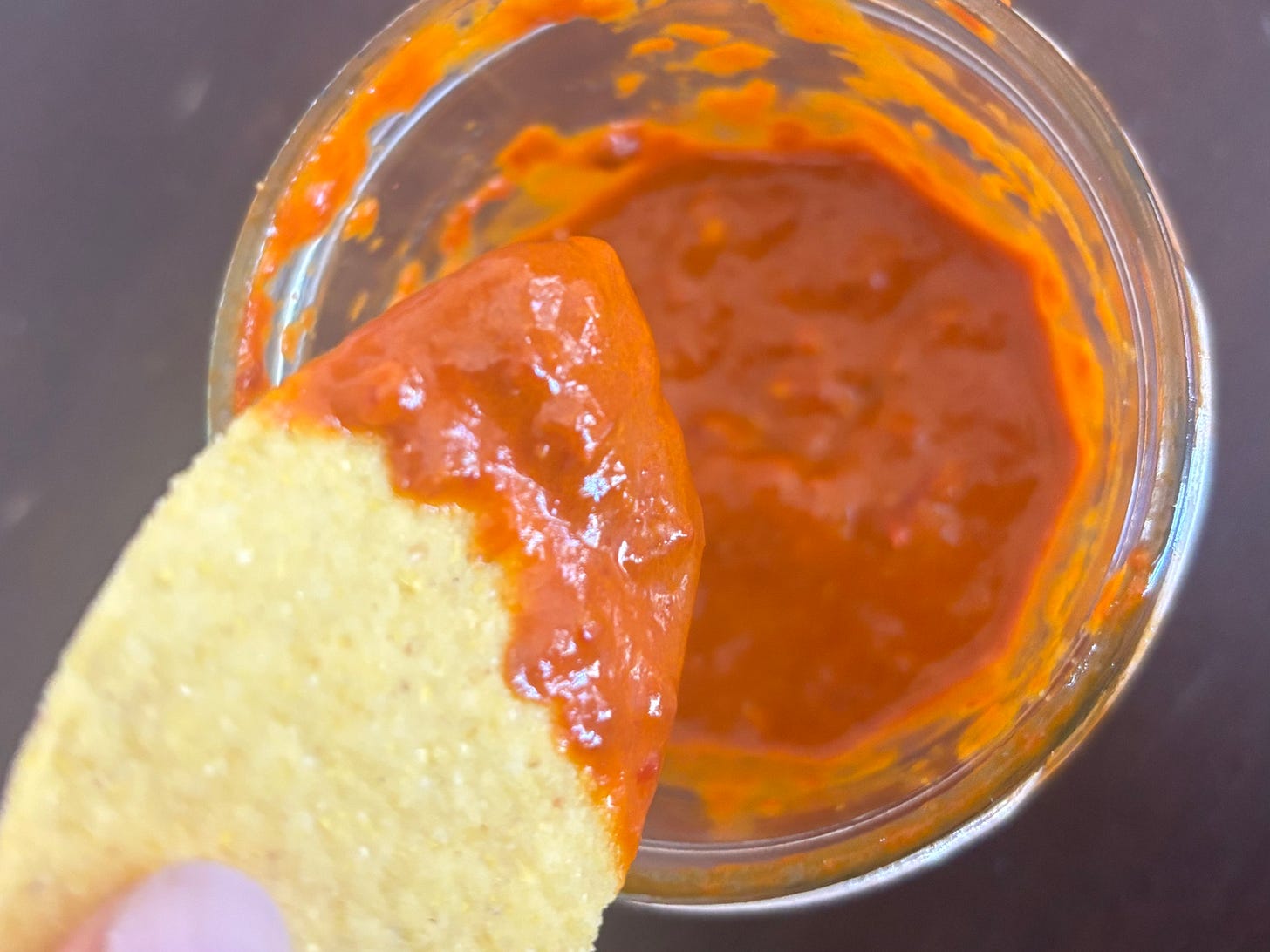
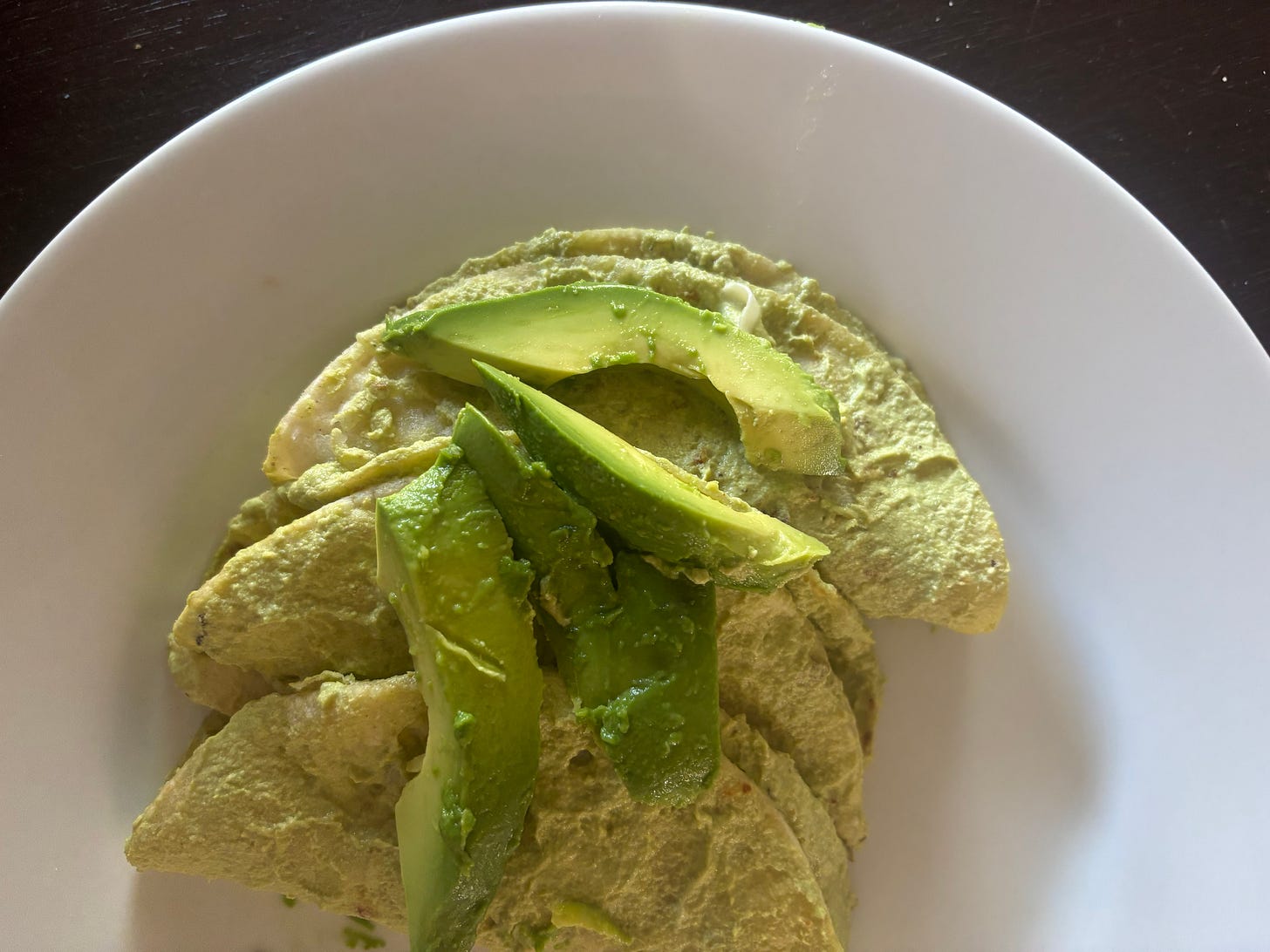

I have been cooking from this book a lot over the past couple of weeks. So much flavor! And I love the maximalist design. I can tell it’s one I’m going to keep coming back to.
My copy just arrived…I’m delighted to read your review (and to cook from it immediately)! 🤩